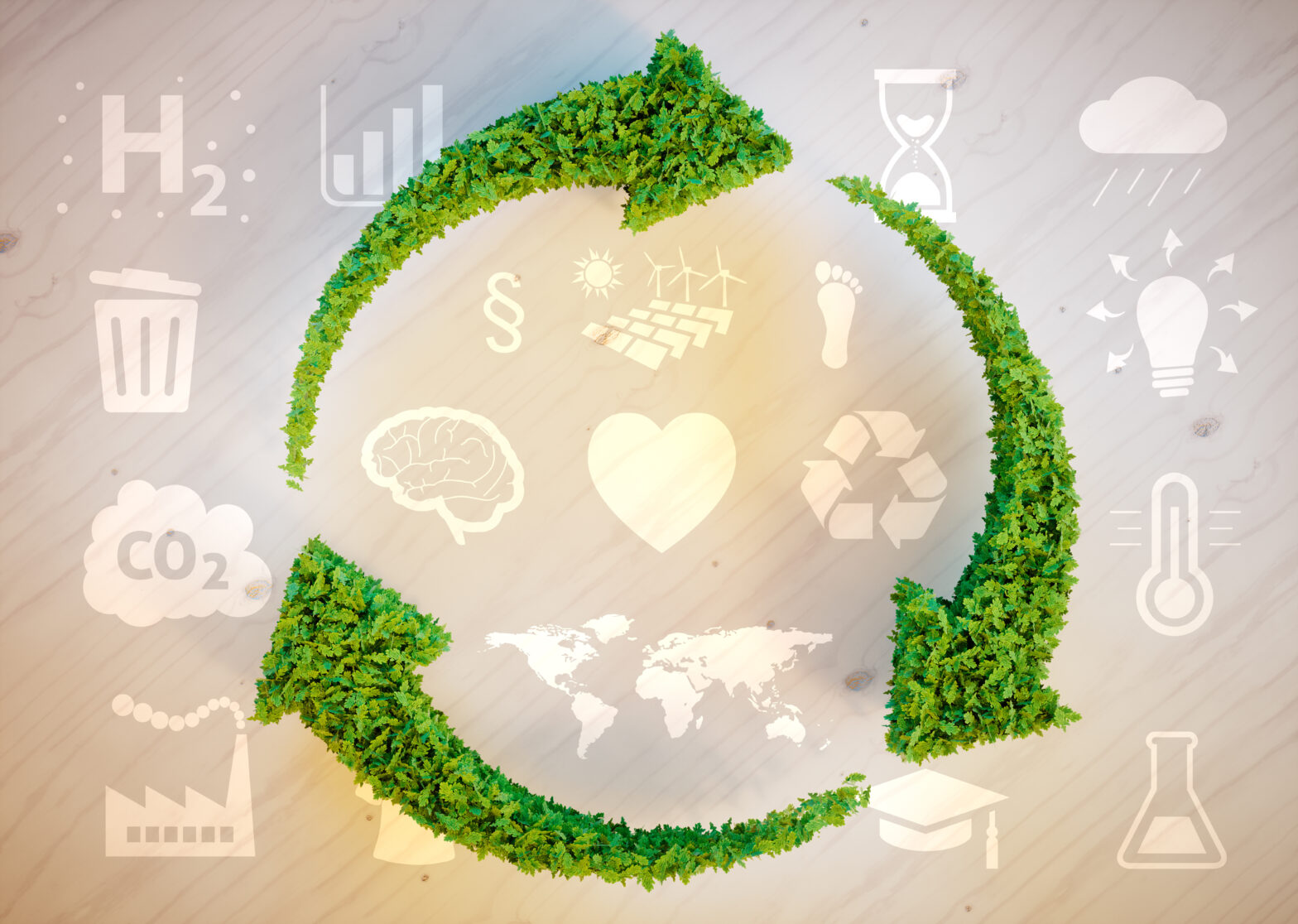Corporate social responsibility has become a ‘fashionable’ tick-box exercise over the last decade, thanks to a post-recession boom in consumer conscious.
Ethical spending in the UK doubled over a ten-year period and household names such as Cadbury, Sainsbury’s and Starbucks were quick to update their purchasing credentials, branding and marketing strategies accordingly.
But businesses of all kinds are now waking up to a deep understanding that the adoption of truly sustainable solutions will spell the difference between success and failure in the years ahead.
A report by nonprofit environmental consultancy CDP proves that sustainable corporations perform better financially.
>See also: Six data trends for 2017
To be more precise, businesses that are actively managing and planning for climate change secure an 18% higher return on investment than companies that aren’t. Given the companies questioned represent US$92 trillion in assets, this is no small sum.
Technology sits at the centre of this transformation and continues to drive it forward. Thanks to Moore’s Law, devices are smaller and more efficient than ever.
This means that we’re using less plastic and energy. It also means the speed at which we can use data analytics and artificial intelligence to develop and manufacture innovative, new and environmentally-friendly goods and services has improved infinitely.
As consumers and governments continue to notice the effects of climate change and dwindling natural resources, now is the time for brands to start embracing sustainability whole-heartedly. But what does this mean in real terms? Future Labs recently released its “sustainability” report, and have listed five of the most important concepts to consider:
1. Alturistic innovation a.k.a altruvation
This is a fancy way of saying openly sharing information amongst peers, and perhaps even competitors, to collaborate together and generate more sustainableresults.
A great example of this in action is car manufacturer Toyota. In a bid to hasten a transition to a carbon-free hydrogen future, the company has made 6,000 hydrogen fuel patents available for free to its peers and competitor to drive research and development.
2. Regenerative consumption
This is when businesses design products which leave behind “waste” that repairs previous ecological damage.
For instance, outdoor brand Patagonia’s Wild Buffalo Jerky is made of the meat of free-roaming bison that help nurture the over-farmed lands they live on by recycling nutrients and tilling the soil as they roam.
>See also: The three steps to building an innovation culture
This product is part of the brand’s wider strategy to carve out a niche sustainability message. Since going down this route five years ago, Patagonia has seen double digit growth.
3. Transparent sustainables
Transparency and honesty is already something brands know is vital to building successful, loyal relationships with consumers.
As the recent VW emissions scandal shows, this is certainly important when building a credible sustainable offering.
Companies should share everything they can to prove their sustainable credentials are real.
Audio brand Audioberry extends its honest open source ethos to its supply chain by explaining clearly the true cost of its products in terms of labour, manufacturing, materials and logistics. Honesty is definitely the best policy.
4. Digital footprint
This is almost as important as carbon footprint in sustainable considerations.
The race towards digitisation has had a fantastic impact on our personal and enterprise efficiency, but also requires an inordinant amount of power and plastic.
A single email emits on average 4g of CO2 during its lifetime and 8% of UK energy generation is used by the internet, according to Andrew Ellis, professor of optical communications at Aston University.
>See also: Data centres aren’t doing enough to be green
Brands must be aware of this impact and act accordingly. Apple data centres use renewable energy making an iMessage more environmentally-friendly than a standard SMS text.
5. Alternative alternatives
Whether it’s for health or environmental reasons, vegetarianism and veganism are gaining popularity.
12% of the UK population follow these diets, according to research from Mintel. Brands are investing to meet these demands and develop the next sustainable alternatives.
Vegetarian food start-up NotCo is tackling the wastefulness and pollution of industrial farming by using a machine-learning algorithm called Guiseppe to analyse human perceptions of taste and texture.
>See also: The critical success factors for digital transformation
The software program suggests unorthodox combinations of plants to create startlingly realistic and delicious meat substitutes such as vegetarian burgers that look and taste like the real thing.
While sustainability might feel like a remote and intangible concept, it is now a vital part of day-to-day business operations.
What is good for the world, is good for business. Brands who want to be at the forefront of this movement must have a clear understanding of consumer trends, an ability to predict future demands and then actually be capable of delivering real innovation.
Those developing and delivering a businesses’ sustainability strategy must ensure they work closely with their R&D and IT departments to do all of these things. Without doing so, they risk falling behind commercially.
Sourced by Mark Sear, chief technology officer for big data at Dell EMC







